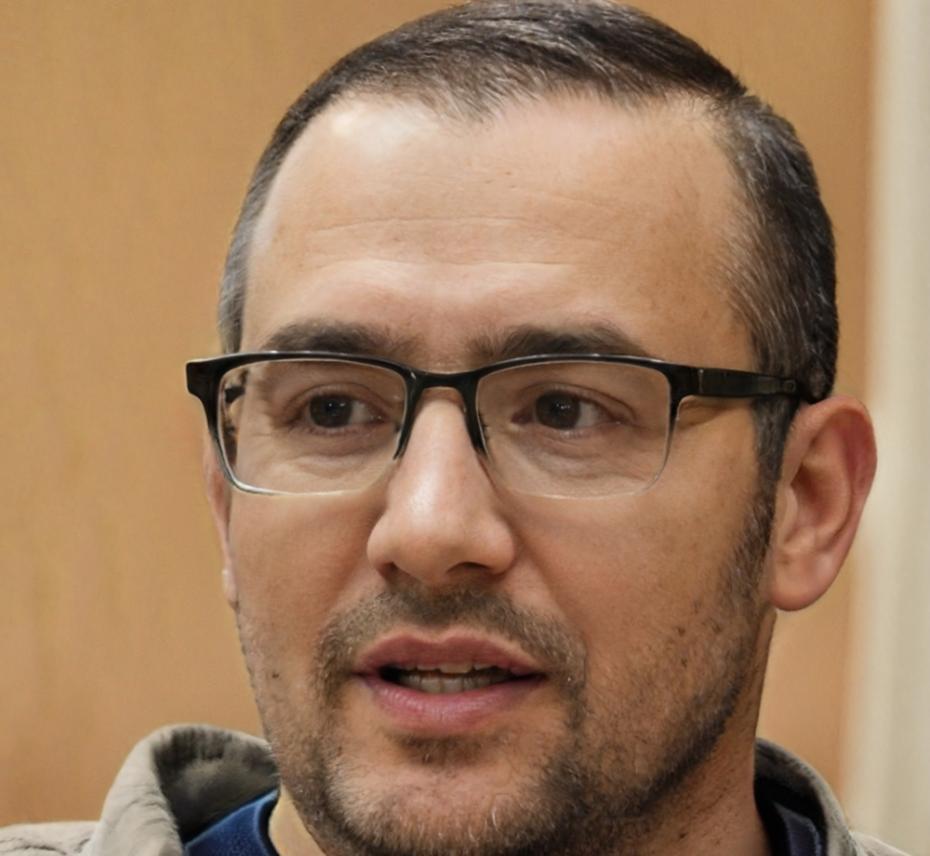Remote Learning That Actually Works
Practical strategies for managing your finances while studying online. Because remote learning shouldn't mean losing control of your budget.
Five Money Habits That Change Everything
These aren't complicated financial theories. Just straightforward approaches that work for students managing tight budgets while learning remotely.
Track Everything (Yes, Everything)
Start with a simple spreadsheet. Record every peso spent on internet, electricity, study materials. Most people discover they're spending ₱1,800 monthly on things they forgot about.
Check your numbers weekly. Not monthly. Weekly reviews catch problems before they become expensive habits.
Build Your Remote Learning Space Once
Buying a decent desk and chair feels expensive at first. But constantly replacing cheap furniture costs more. And improper setup leads to health issues that really drain your wallet.
Invest in proper lighting and ergonomics now. Your back and your budget will thank you next year.
Share Resources Without Compromising Quality
Study groups can split costs on software subscriptions, reference books, and premium learning platforms. Four students sharing a ₱2,000 annual subscription each pay ₱500.
But choose your sharing partners carefully. One person not paying their share creates awkward situations and wasted money.
Plan Your Internet Usage Like a Pro
Download lectures and materials during off-peak hours when connections are cheaper. Schedule heavy bandwidth activities for times that won't eat your data cap.
Consider having a backup connection option. Mobile data as fallback costs less than missing important deadlines.
Create Emergency Buffers Early
Set aside ₱500 monthly for unexpected costs. Computer repairs, sudden power outages, emergency printing needs. These happen to everyone eventually.
Having a small buffer prevents panic borrowing and keeps you focused on actual learning instead of financial stress.
Quick Wins You Can Implement Today
Small changes that create immediate results. Start with one or two, then add more as they become habits.
Smart Power Management
Use power strips to completely shut off devices when not studying. Standby mode still draws electricity that adds up to ₱300-500 monthly.
Digital-First Resources
Check for free digital versions before buying physical textbooks. Libraries and educational platforms often provide access at no cost.
Home Brew Everything
Making coffee at home instead of buying from shops saves around ₱1,200 monthly. That's an extra course subscription or two.
Batch Your Tasks
Group printing, errands, and in-person meetings to reduce multiple trips. Transportation costs drop significantly with better planning.
App-Based Savings
Use finance tracking apps to monitor spending patterns. Visual data makes it easier to spot where money disappears unnecessarily.
Schedule Regular Reviews
Set a weekly 15-minute appointment with yourself to review expenses. Consistency beats perfection in financial management.
Building Financial Control Over Time
Financial management isn't learned overnight. Here's how skills typically develop for remote learners who stick with it.

Month One: Basic Awareness
You're just figuring out where money goes. Most students are surprised by how much they spend on small purchases that add up.
Focus Areas
Simple expense tracking, identifying spending categories, setting up basic budgets
Months 2-3: Pattern Recognition
Patterns become visible. You notice weekly or monthly cycles in spending and can start predicting costs more accurately.
Focus Areas
Analyzing trends, adjusting budgets based on reality, creating spending guidelines
Months 4-6: Active Management
Now you're making conscious choices rather than reacting to situations. Financial decisions become deliberate and purposeful.
Focus Areas
Strategic planning, building emergency funds, optimizing major expenses
Beyond Six Months: Natural Habits
Financial awareness becomes automatic. You make better money decisions without constant conscious effort or stress.
Focus Areas
Long-term planning, investment thinking, teaching others what you've learned
What Changes When You Get This Right
Better financial management doesn't just mean saving money. It affects your entire remote learning experience in ways you might not expect.
Mental Clarity Improves
Financial stress takes up mental bandwidth. When money worries decrease, concentration on actual learning increases noticeably.
Better Learning Investments
With clearer finances, you can invest in quality courses and resources that genuinely advance your skills rather than settling for free alternatives.
Reduced Anxiety Levels
Knowing your financial situation removes the constant background worry. Sleep quality often improves when money stress decreases.
Completion Rates Rise
Students with stable finances are more likely to complete their programs. Money problems are a major reason people drop out of remote courses.

I thought I was decent with money until I started tracking everything properly. Found out I was spending ₱3,200 monthly on stuff I barely used. That realization changed how I approach remote learning completely.
Computer Science Student, Started tracking expenses January 2025